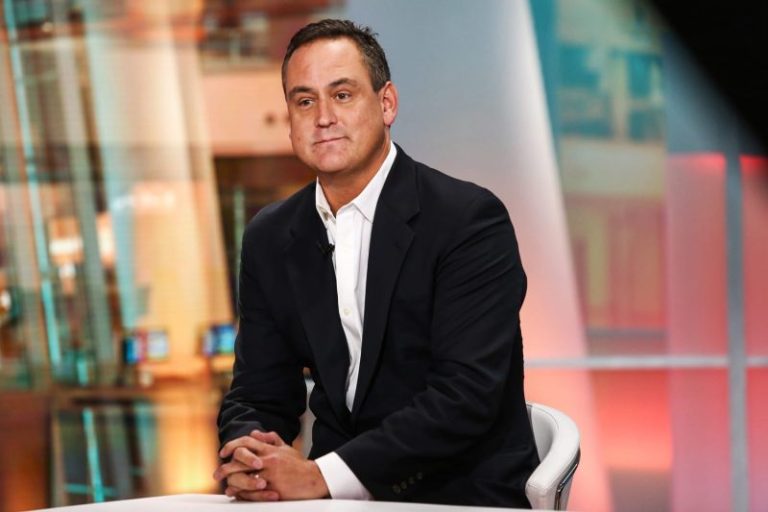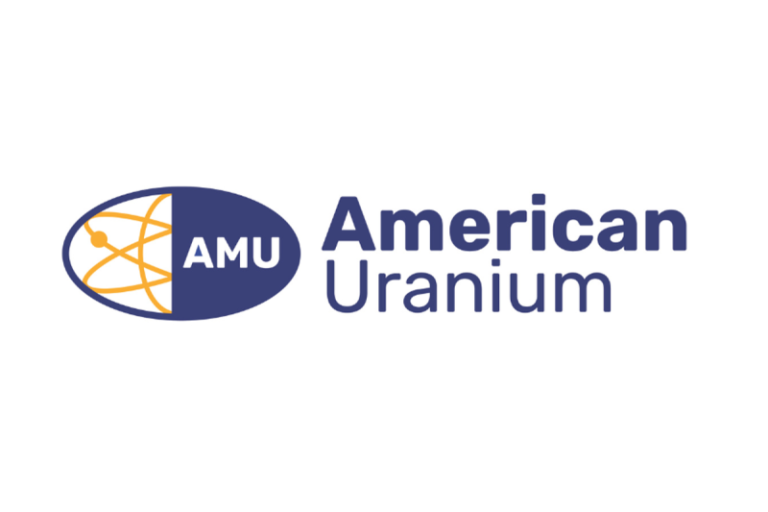President Trump continues to be hailed as a global peacemaker for freeing the Hamas hostages and brokering a ceasefire between Israel and the terrorist group.
By assembling a coalition of countries to stop the two-year-old war, the president melded threats and diplomacy to end – at least for now – the bloody conflict that began with the heinous Hamas massacre of Oct. 7.
Despite warning signs that Hamas may be unwilling to surrender its weapons, the guns have gone silent and the moving videos of freed hostages embracing their loved ones keep coming.
Trump has drawn praise from leading Democrats (the Clintons), virtually all the media (which he thanked), and the likes of Jimmy Kimmel, James Carville and Bill Maher.
Then he came home.
Government employees aren’t being paid under the two-week-old shutdown that Trump engineered, in the sense that he refused to seriously negotiate with Democrats worried about the prospect of soaring Obamacare premiums.
The president, as he threatened to do, has cut or frozen almost $28 billion for projects largely based in Democratic-led cities and states, according to a New York Times analysis. That includes giant transportation projects in New York and Chicago.
Trump imposed a new round of layoffs on the Department of Education, targeting the Office of Civil Rights and the Special Education unit – which, following earlier firings, will be down to about six staffers, a 95% reduction since he took office.
He refused to take questions from ‘ABC fake news,’ but called on one of its female reporters, turned to a chuckling JD Vance and said, ‘I just like to watch her talk.’ He then said, ‘Good job. Thank you, darling,’ ignoring what she had asked.
What a stark contrast.
Why is the man capable of such steely leadership abroad insisting on being such a divisive figure at home?
He fervently believes that keeping an iron grip on his MAGA base is how he got elected and crucial to his political health. When Democrats attack his actions, it thrills most of his Republican supporters.
There were also those two horrifying assassination attempts last year.
Trump often complains that he is a victim – of relentlessly unfair media coverage, left-wingers calling him a Nazi and a dictator and lawfare investigations that produced four indictments against him.
As he sees it, he is counterpunching – simple as that. And he definitely has a major point.
Of course, no president has ever ordered the Justice Department to prosecute his political opponents, as with the indictments of James Comey and Letitia James. That shatters any remaining notion of DOJ independence.
Trump even took issue with a glowing Time cover story on the ceasefire – ‘His Triumph’ – because he didn’t like the picture, in which the lighting washed out part of his hair.
And then there’s the handling of scandals.
One case of blatant partisanship, on both sides, is the Politico disclosure of group chats by Young Republican groups that drip with racist, anti-Semitic and violent content.
In 2,900 pages of leaked documents, the participants – all fervent Trump supporters – described Black people as monkeys and ‘the watermelon people.’ They talked about sending their opponents to the gas chambers that would reflect ‘the Hitler aesthetic,’ where they would be killed. A woman who is New York’s national committee member said: ‘I’m ready to watch people burn now.’
These are mainly not college kids, but party operatives, government staffers and one state senator, who under the rules, must be under the age of 40. Three participants have been ousted from their political jobs.
The national federation, which has 15,000 members, said: ‘we are appalled by the vile and inexcusable language … Such behavior is disgraceful, unbecoming of any Republican.’
I bring this up because of the reaction at 1600 Pennsylvania Avenue.
A White House spokesperson told Politico that ‘Only an activist, left-wing reporter would desperately try to tie President Trump into a story about a random groupchat he has no affiliation with.’ To be sure, this cannot be blamed on the president in any way.
But, it does reflect how fringe views have infiltrated at least a small minority of younger party members.
What’s striking is the way in which the vice president dismissed the ugliness.
Vance focused instead on Jay Jones, the Democratic candidate for Virginia attorney general, who was revealed to have texted a colleague in the legislature about his fantasies of killing the then-speaker, Todd Gilbert. ‘Two bullets to the head,’ Jones wrote. Chilling.
‘This is far worse than anything said in a college group chat,’ Vance said, ‘and the guy who said it could become the AG of Virginia.’
Trump also weighed in, saying that Jones wanted to see a ‘Republican legislator in Virginia shot in the head and to see his children murdered… pretty amazing.’
Now let me say it is beyond disgustingly pathetic that top Virginia Democrats haven’t pulled their support for Jones, and that he hasn’t been driven out of the race. It’s indefensible.
But it’s also a classic case of whataboutism, with each party’s leaders – there are some exceptions – focusing on the other side’s misconduct.
Vance went a bit further yesterday, saying, ‘the reality is that kids do stupid things. Especially young boys, they tell edgy, offensive jokes.’ Again, they’re not just boys.
In the Middle East, Trump was trying to bring combatants together. In America, he is the chief combatant, doing whatever it takes to wield and expand his power.
Many politicians strive for unity, if only to win more converts to their side. That has never been Trump’s style, dating back to his days as a real estate developer and then as a candidate. His default setting is to fight.
Right now, Bibi Netanyahu loves Donald Trump. So do those who voted for him in a sweeping election victory. But the president has shown little interest in winning over his detractors.
This post appeared first on FOX NEWS










